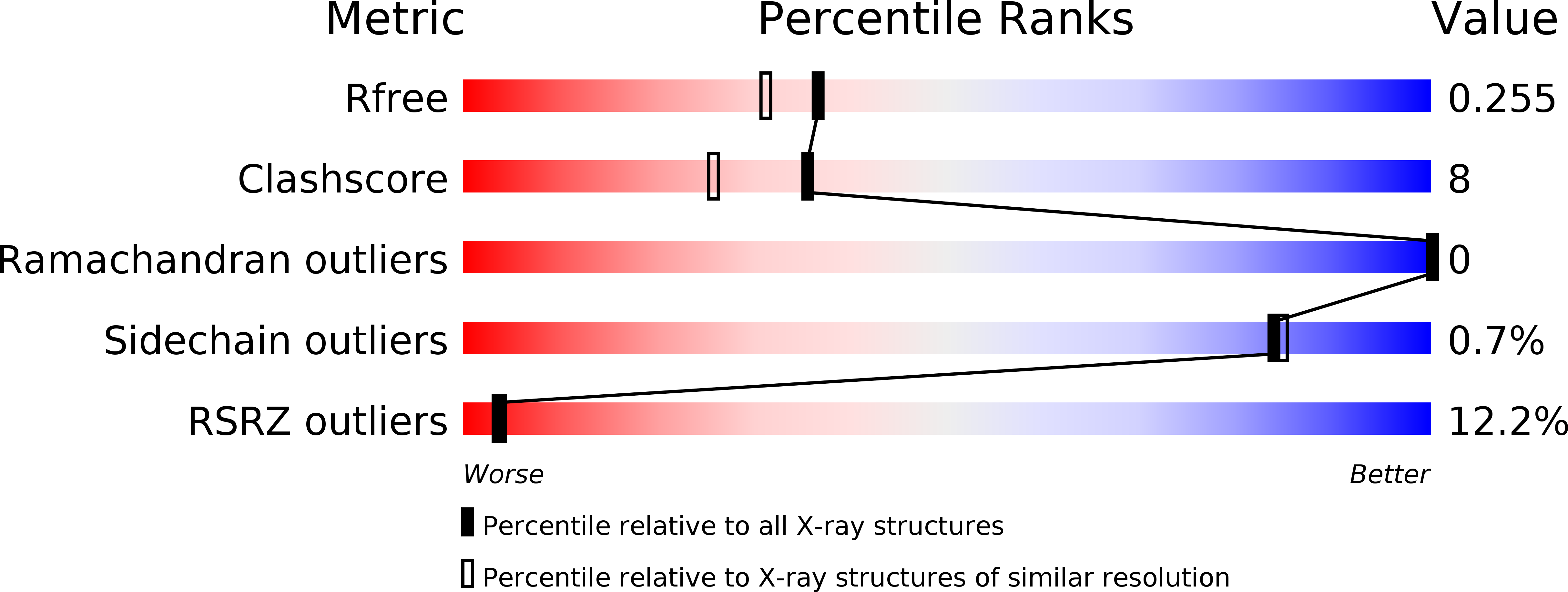
Deposition Date
2004-06-25
Release Date
2004-09-07
Last Version Date
2024-03-13
Entry Detail
PDB ID:
1WLF
Keywords:
Title:
Structure of the N-terminal domain of PEX1 AAA-ATPase: Characterization of a putative adaptor-binding domain
Biological Source:
Source Organism:
Mus musculus (Taxon ID: 10090)
Host Organism:
Method Details:
Experimental Method:
Resolution:
2.05 Å
R-Value Free:
0.25
R-Value Work:
0.21
Space Group:
P 32


